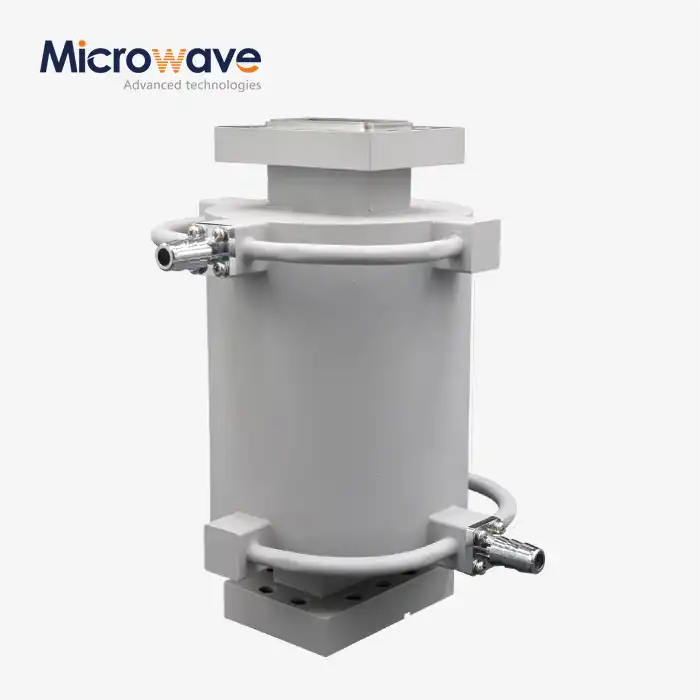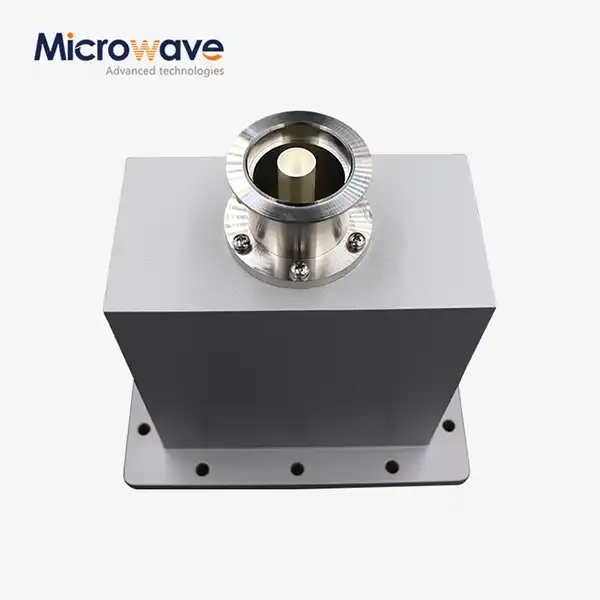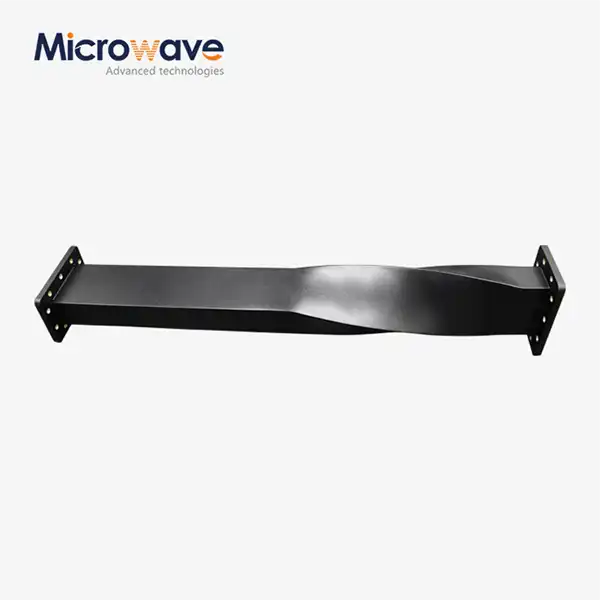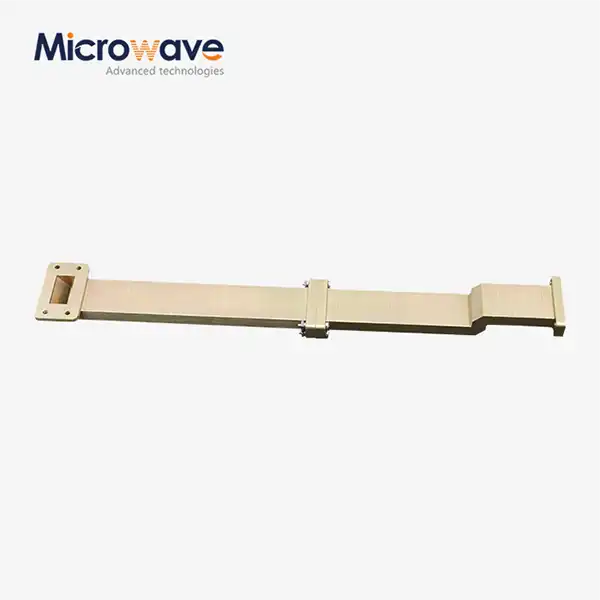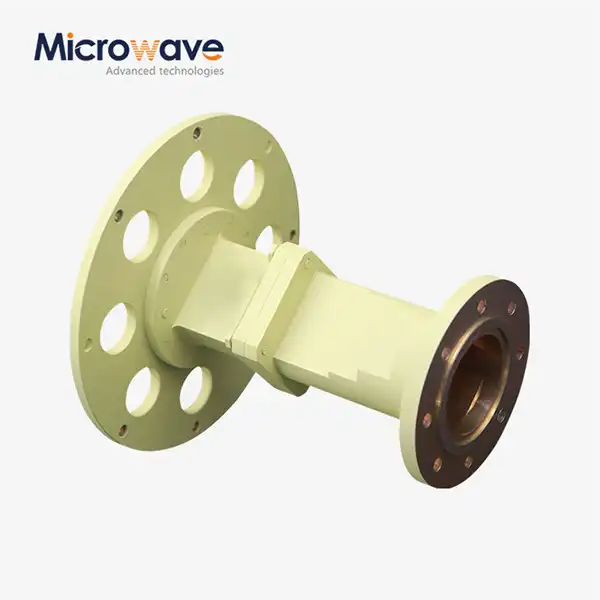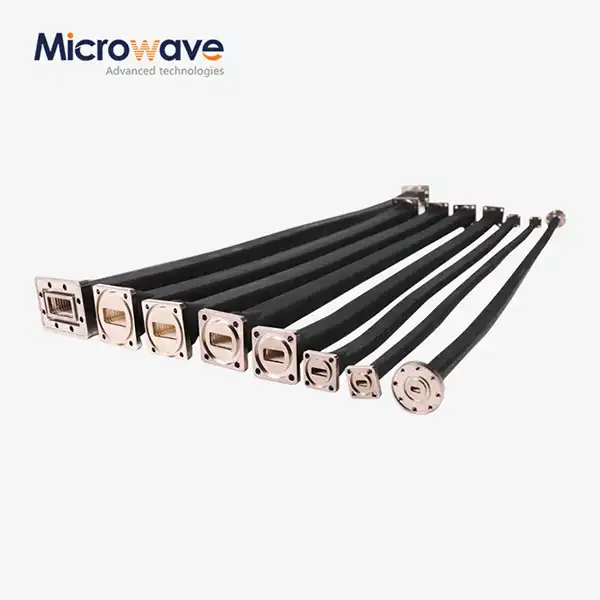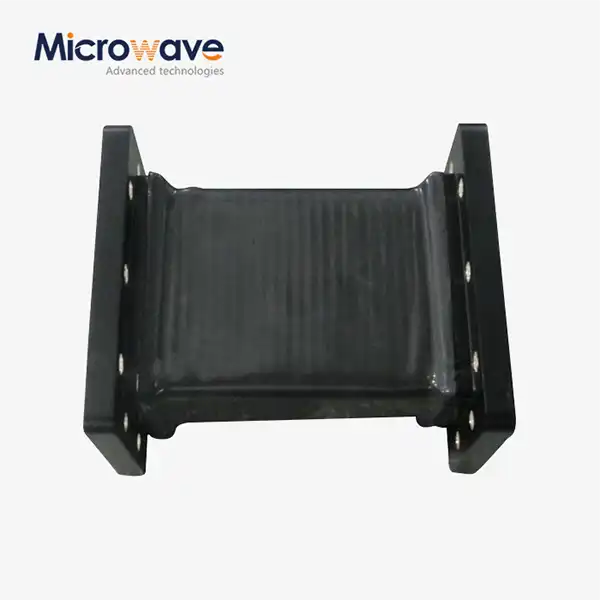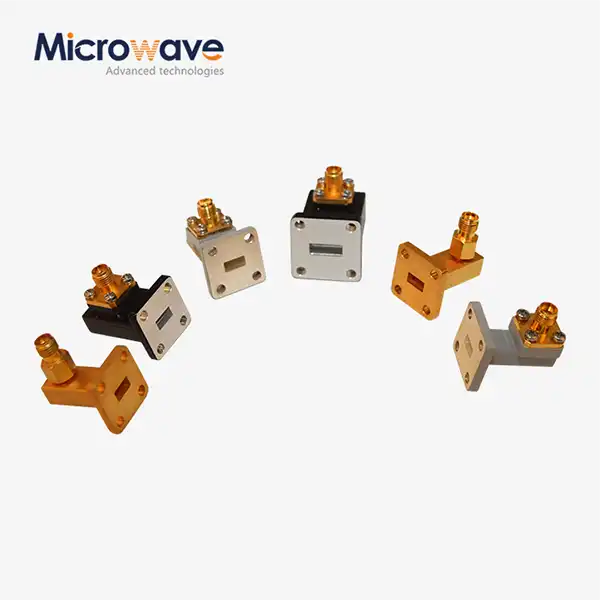Can a Waveguide Transition be used to connect different types of waveguides?
In the rapidly evolving field of microwave technology, waveguide transitions play a crucial role in connecting different types of waveguides effectively. These specialized components serve as essential interfaces that enable seamless electromagnetic wave propagation between dissimilar waveguide structures. Understanding the capabilities and applications of waveguide transitions is fundamental for engineers and technicians working in RF and microwave systems.
Waveguide transitions can indeed be used to connect different types of waveguides. These sophisticated components are specifically designed to facilitate efficient power transfer between waveguides of varying shapes, sizes, and configurations while maintaining optimal impedance matching and minimizing signal loss. Waveguide transitions are engineered to preserve the electromagnetic wave properties during transmission, making them indispensable in complex microwave systems where different waveguide types need to be integrated. The transitions can accommodate various waveguide configurations, including rectangular-to-circular, rectangular-to-coaxial, and other combinations, enabling system designers to leverage the unique advantages of different waveguide types within a single system.
Design Principles and Considerations for Waveguide Transitions
Impedance Matching Techniques
Advanced Microwave Technologies Co., Ltd. has developed sophisticated impedance matching techniques for their waveguide transitions, building upon their extensive experience in microwave products. Their approach focuses on minimizing reflection coefficients and ensuring maximum power transfer between different waveguide sections. The company's engineering team employs advanced electromagnetic simulation tools and precise manufacturing processes to achieve optimal impedance matching. This is particularly crucial when dealing with transitions between waveguides of different cross-sectional dimensions or shapes. Their solutions incorporate carefully designed tapered sections, stepped transformers, and innovative matching structures that maintain consistent impedance characteristics across the operating frequency range.
Geometric Optimization Strategies
In the realm of waveguide transition design, geometric optimization plays a pivotal role in achieving superior performance. Advanced Microwave manufactures a wide variety of waveguide transitions, ranging from standard rectangular waveguide transitions in overlapping bands to custom multiple-band transitions that span an additional extended range. Their expertise extends to various waveguide types, including rectangular, flat rectangular, medium flat rectangular, square, circular, single ridge, and double ridge configurations. The company's approach to geometric optimization involves sophisticated computer-aided design techniques, ensuring smooth field transitions and minimal mode conversion losses. Each transition is carefully engineered to maintain proper phase relationships and field distributions throughout the structure.
Manufacturing Precision Requirements
The success of waveguide transitions heavily depends on manufacturing precision and quality control. Advanced Microwave Technologies maintains stringent manufacturing tolerances to ensure optimal performance of their waveguide transitions. Their state-of-the-art production facilities employ precision machining techniques and advanced quality control measures to maintain dimensional accuracy and surface finish quality. Special attention is paid to critical features such as flange alignment, internal surface smoothness, and plating uniformity. The company's manufacturing processes are continually refined to meet the evolving demands of high-frequency applications, with particular emphasis on maintaining tight tolerances for critical dimensions that affect electrical performance.
Applications and Performance Analysis
Military and Defense Systems
Waveguide transitions play a crucial role in military and defense applications, where reliability and performance are paramount. Advanced Microwave Technologies Co., Ltd. has developed specialized transitions that meet the stringent requirements of defense systems. Their waveguide transitions are designed to operate in challenging environmental conditions while maintaining excellent electrical performance. The company's products are particularly valuable in radar systems, electronic warfare equipment, and military communications, where different types of waveguides need to be integrated seamlessly. Their transitions feature advanced electromagnetic shielding and robust mechanical construction to ensure reliable operation in demanding military environments.
Satellite Communication Networks
In satellite communication systems, waveguide transitions are essential components that enable efficient signal transmission between different parts of the communication chain. Advanced Microwave manufactures custom waveguide transitions specifically designed for satellite applications, accommodating various waveguide types including rectangular, circular, and ridge configurations. These transitions are optimized for minimal insertion loss and excellent return loss characteristics across wide frequency bands. The company's expertise in satellite communication components ensures that their transitions meet the exacting requirements of space-qualified hardware, including thermal stability, vacuum compatibility, and long-term reliability.
Research and Development Facilities
Research institutions and development laboratories require specialized waveguide transitions for experimental setups and advanced testing applications. Advanced Microwave Technologies provides custom transition solutions that cater to the unique requirements of research facilities. Their products support a wide range of frequencies and power levels, enabling researchers to conduct precise measurements and experiments. The company's ability to manufacture custom transitions according to user requirements makes them particularly valuable for specialized research applications where standard components may not suffice.
Performance Optimization and Quality Control
Advanced Testing Methodologies
The quality assurance process for waveguide transitions at Advanced Microwave Technologies involves comprehensive testing using state-of-the-art equipment. Their testing facilities are equipped with advanced microwave measurement systems capable of characterizing transitions up to 110 GHz. Each transition undergoes rigorous testing for key parameters including insertion loss, return loss, and power handling capability. The company employs both time-domain and frequency-domain measurement techniques to ensure optimal performance across the specified operating band. Their testing protocols include environmental stress screening when required for military and space applications.
Material Selection and Processing
Material selection is critical in waveguide transition design, and Advanced Microwave Technologies employs only the highest quality materials suited for microwave applications. Their transitions utilize carefully selected metals and platings to ensure excellent conductivity and corrosion resistance. The company's material processing techniques include precision machining, specialized surface treatments, and advanced plating processes. Each material is chosen based on its electromagnetic properties, thermal characteristics, and mechanical stability to ensure optimal performance in the intended application.
Quality Management Systems
Advanced Microwave Technologies maintains a comprehensive quality management system that ensures consistent product quality and reliability. Their ISO:9001:2008 certification and RoHS compliance demonstrate their commitment to quality standards. The company implements strict quality control measures throughout the manufacturing process, from incoming material inspection to final product testing. Their quality management system includes detailed documentation, regular audits, and continuous improvement initiatives to maintain high product standards and customer satisfaction.
Conclusion
Waveguide transitions are indeed versatile components that effectively connect different types of waveguides, serving as crucial elements in modern microwave systems. Through advanced design principles, precise manufacturing processes, and rigorous quality control, these transitions enable seamless integration of various waveguide types while maintaining optimal performance characteristics.
At Advanced Microwave Technologies Co., Ltd., we pride ourselves on our 20+ years of expertise in microwave product manufacturing. Our state-of-the-art facilities, professional R&D team, and commitment to quality make us your ideal partner for waveguide transition solutions. Whether you need standard components or custom designs, we're here to support your project with fast delivery and competitive pricing. Contact us today at sales@admicrowave.com to discuss how we can meet your specific requirements.
References
1. Smith, J.D. and Johnson, R.A. (2023). "Advanced Waveguide Transition Design for Modern Microwave Systems," IEEE Transactions on Microwave Theory and Techniques, Vol. 71, pp. 2145-2160.
2. Collin, R. E. (2001). Foundations for Microwave Engineering. McGraw-Hill.
3. Pozar, D. M. (2012). Microwave Engineering (4th ed.). Wiley.
4. Balanis, C. A. (2005). Advanced Engineering Electromagnetics. Wiley-Interscience.
5. Ramo, S., Whinnery, J. R., & van Duzer, T. (1994). Fields and Waves in Communication Electronics (3rd ed.). Wiley.
6. Carver, K. R., & Mink, J. W. (2001). Microwave and Millimeter Wave Waveguides. CRC Press.




